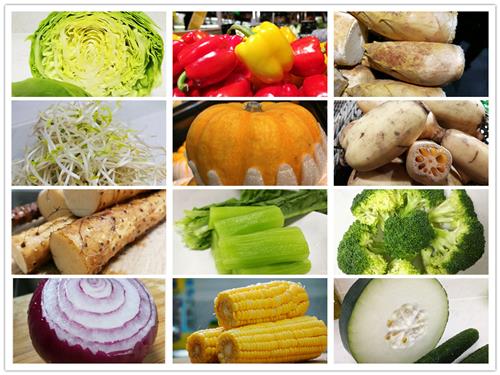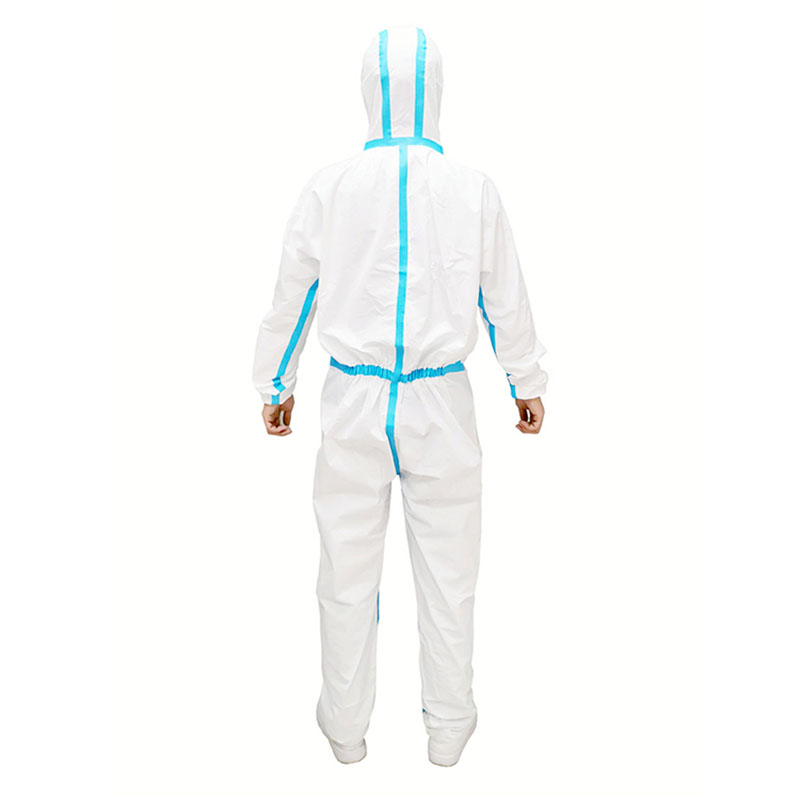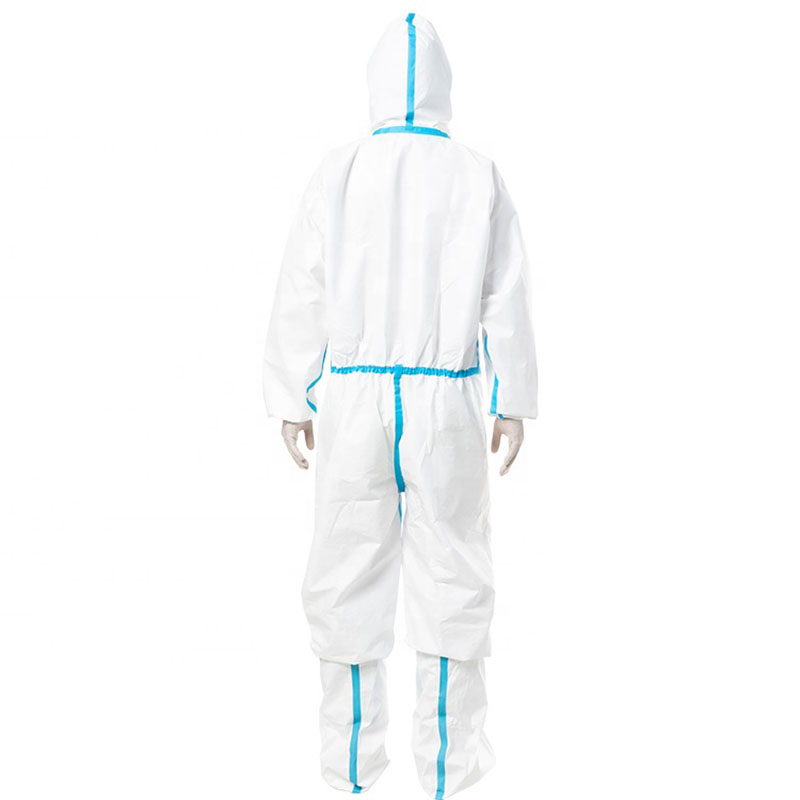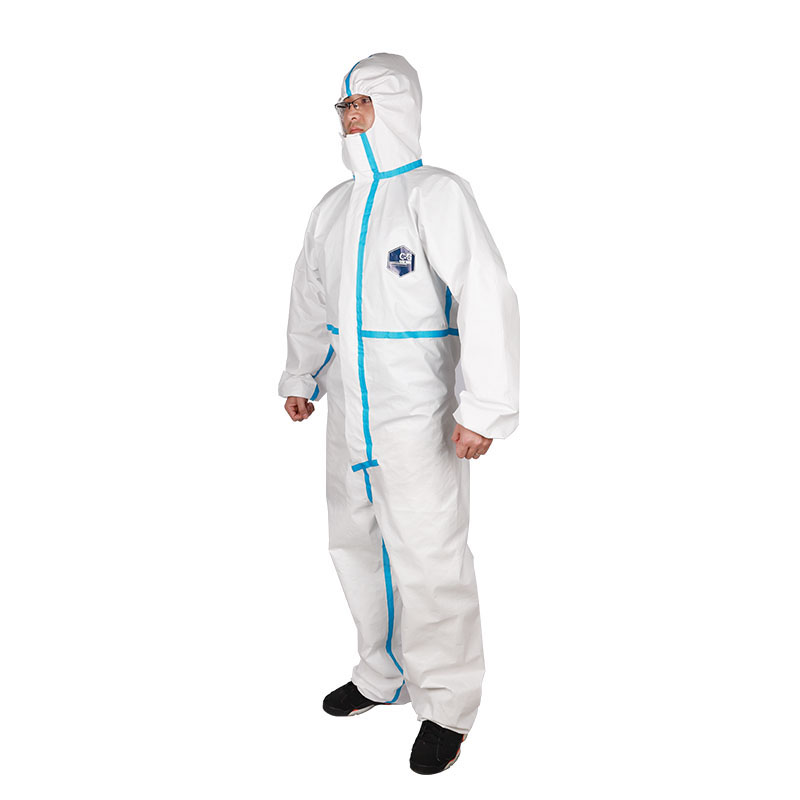The study found that vitamin b2 and vitamin e have the effect of helping the body to resist cold and can enhance the body's ability to adapt to cold conditions. In winter, children eat foods containing vitamin E and are resistant to cold. Simply adding vitamin b2 can reduce the tolerable cold temperature by 2 to 3°C. In general, frostbite may occur at minus 5 to 6°C, and frostbite occurs at minus 7 to 9°C after vitamin B2 supplementation. If you can add vitamin b2 and vitamin e to your child at the same time, your ability to withstand the cold is stronger. In addition, vitamin b2 and vitamin e have other effects in the body. Such as vitamin E can clear the body of oxygen free radicals, with enhanced body resistance, improve blood circulation, prevention of cardiovascular disease and other effects. In the cold winter, moderate supplementation of vitamin b2 and vitamin e can not only help protect against cold, but also prevent and reduce the many diseases induced by cold. Vitamin E-rich foods Wheat germ oil, cottonseed oil, corn oil, peanut oil, sesame oil, lettuce leaves and citrus peel are also rich in content, almost all green leafy vegetables have vitamin e; milk, eggs and cod liver oil also have a certain amount of vitamin e; Animal foods such as meat and fish, and vitamin E content of fruits and other non-green leafy vegetables are rare. Foods rich in vitamin b2 Dairy products are the best source of vitamin b2, especially in various cheeses and yoghurts, with higher levels of vitamin b2. For children who do not like dairy products, they can eat more eggs, fruits, green leafy vegetables, beans, nuts, animal organs, poultry, whole wheat bread and cereals. If necessary, vitamin B2 and vitamin E preparations can be properly supplemented. Finally, to remind parents: to resist the cold can not rely on vitamins, but also can not mistakenly believe that vitamin supplements can be afraid of the cold. In fact, these two nutrients only slightly improve the body's ability to withstand cold, and at best it can only reduce the human tolerable cold temperature by 3 to 4°C. Therefore, it is still necessary to keep warm in the winter.
Medical protective clothing refers to the protective clothing used by medical personnel (doctors, nurses, public health personnel, cleaning personnel, etc.) and people entering specific medical and health areas (such as patients, hospital visitors, personnel entering infected areas, etc.). Its function is to isolate germs, harmful ultrafine dust, acid and alkaline solutions, electromagnetic radiation, etc., to ensure the safety of personnel and keep the environment clean.
protective clothing,personal protection,disposable surgical protective clothing Shanghai Rocatti Biotechnology Co.,Ltd , https://www.ljdmedical.com


